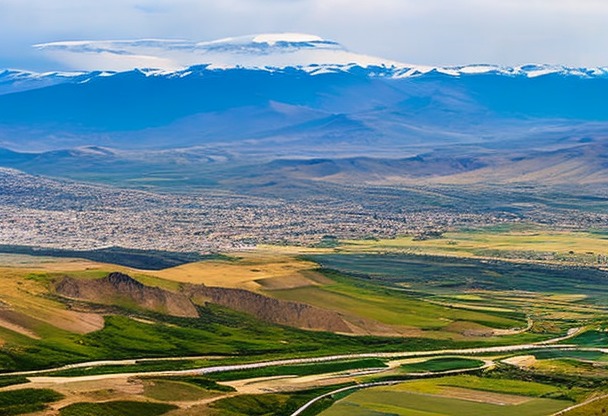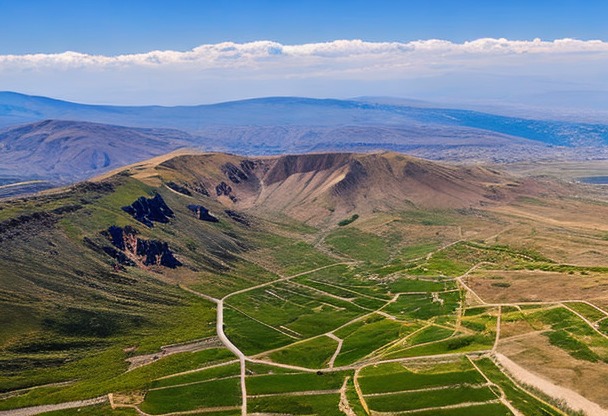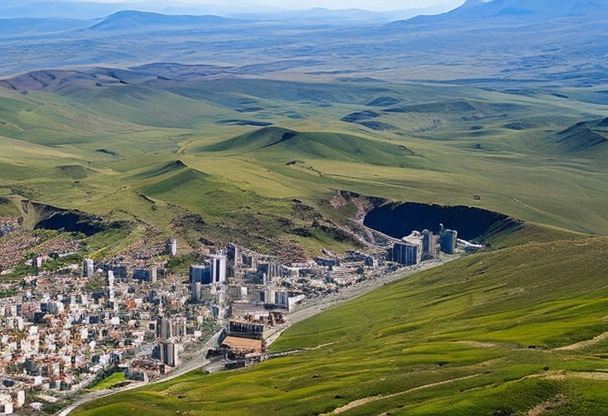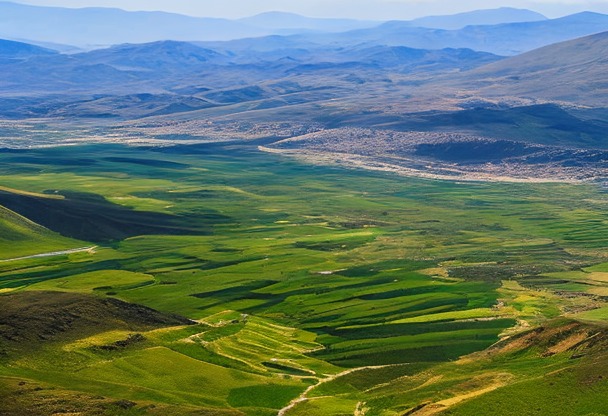Best time to travel to Armenia
Choosing the right period for your trip to Armenia can make all the difference. It's important to consider climatic elements, seasonal events and busy tourist periods to maximize your travel experience.

Location
Climate
The climate in Armenia: choosing the right season to travel
Armenia has a continental climate, with hot, dry summers and harsh winters. For a pleasant stay, it's best to choose certain times of the year:- High season (June to September) The summer: during this period, temperatures are mild and rainfall relatively low, making visits and outdoor activities particularly enjoyable. However, it's also the busiest time of the year for tourism, with prices often higher and crowds more numerous.
- Mid-season (April-May and October-November) The summer months: these months offer generally mild weather and fewer tourists, ideal for discovering Armenia at your leisure. Prices of accommodation and activities are also often more affordable.
- Low season (December to March) Winter in Armenia is marked by cold temperatures, snow and roads that are sometimes difficult to access. However, for winter sports enthusiasts, it can be an interesting time of year, with several ski resorts open to the public.
Major cultural events in Armenia
Armenia has a rich cultural tradition and many events are organized throughout the year. Here are a few not to be missed:Yerevan International Film Festival
Held every year in October, this event celebrates Armenian and international cinema with film screenings, masterclasses for professionals and meetings between directors, actors and producers. A unique opportunity to discover the diversity and richness of Armenia's 7th art.Armenian music and dance festival
Held in September in the capital Yerevan, this festival showcases traditional Armenian arts through music, dance and song. Artists come from different regions of the country to share their talent and passion with local and international audiences.Armenian New Year (Navasard)
Celebrated on August 11, the Armenian New Year is an occasion for Armenians to gather with family and friends for large-scale meals and festivities. Cultural events are also organized throughout the country, including concerts, exhibitions and shows.Public holidays in Armenia: to be taken into account during your stay
Here is the list of official holidays in Armenia:- January 1st New Year's Day
- January 6 Armenian Christmas (celebrated according to the Julian calendar)
- March 8 International Women's Day
- April 24 Armenian Genocide Memorial Day
- May 1st Labour Day
- May 9 Victory Day (commemorating the end of the Second World War)
- May 28 First Republic Day
- July 5 Constitution Day (celebration of the adoption of the Armenian constitution)
- September 21 Independence Day
Insurance

Your credit card does not cover you in all situations, that is whyIt is essential to take out insurance before you leave to avoid any unpleasant surprises. If you need to see a doctor or be hospitalized, in some countries, medical costs are very high and you will then find yourself having to pay several thousand euros.
Our partner Chapka Insurance proposes the contract CAP ASSISTANCE 24/24 with many essential guarantees.


Flights

Your flight has been cancelled or delayed ?
You may be eligible for a compensation of up to €600 ! For this, lawyers are responsible for handling your claim with the airline and are only paid when the reimbursement is effective.
In conclusion, no financial risk for you, only advantages!
The Armenian migration context
Situated at the crossroads between Europe and Asia, Armenia is a country rich in history and culture, having undergone various periods of migration since its creation. Demographic data show that immigration has been influenced by various factors, such as regional conflicts, economic opportunities and the desire to get closer to one's cultural roots.Migratory movements: immigration and emigration
In recent decades, Armenia has experienced negative net migration, i.e. the number of emigrants has exceeded the number of immigrants. In recent years, however, the situation seems to be reversing, with a gradual increase in incoming migration. In 2019, Armenia recorded around 16,000 immigrant arrivals, while around 12,000 people left the country.The main nationalities represented in Armenia
Immigrants to Armenia are mainly from Russia, Ukraine, Georgia and Iran. Armenians from the diaspora, often settled in countries such as France, the United States and Canada, also return in large numbers to their homeland to work or settle permanently.Most popular visas in Armenia
Armenia offers different types of visa, depending on the foreigner's reasons for staying. The most popular visas in Armenia are the following:- Short-stay visa (type C) It allows foreigners to stay in Armenia for a maximum of 120 days within a 180-day period for reasons such as tourism, family visits, business or short-term study.
- Long-stay visa (type D) This visa is intended for people wishing to stay in Armenia for more than 120 days for reasons such as employment, family reunification, long-term study or scientific research.
- Transit visa (type A) This is issued to foreigners crossing Armenian territory on their way to another country, with a maximum validity of 10 days.
International tourism figures for Armenia
Armenia is a booming tourist destination, attracting increasing numbers of international visitors every year. International tourism figures for Armenia bear witness to this trend.International tourist numbers
Between 2010 and 2019, the number of international tourists to Armenia almost doubled, from 575,000 to around 1.1 million. Tourism to Armenia is expected to continue to grow in the coming years.The main tourist attractions in Armenia
The country offers visitors a variety of tourist attractions ranging from historic sites to breathtaking natural landscapes. Must-sees in Armenia include:- Mount Ararat, Armenia's national symbol, visible from the capital Yerevan;
- Geghard Monastery, a UNESCO World Heritage Site;
- The pagan temple of Garni, a unique testimony to the pre-Christian period in Armenia;
- Lake Sevan, one of the world's largest freshwater lakes and a popular holiday destination for locals and tourists alike.
Armenia's outbound tourist markets
The main countries of origin of international tourists to Armenia are Russia, l'Iranthe UNITED STATESthe Georgia and European Union countries. The Chinese market is also growing rapidly, with increasing numbers of visitors from China who choose Armenia as a tourist destination.

